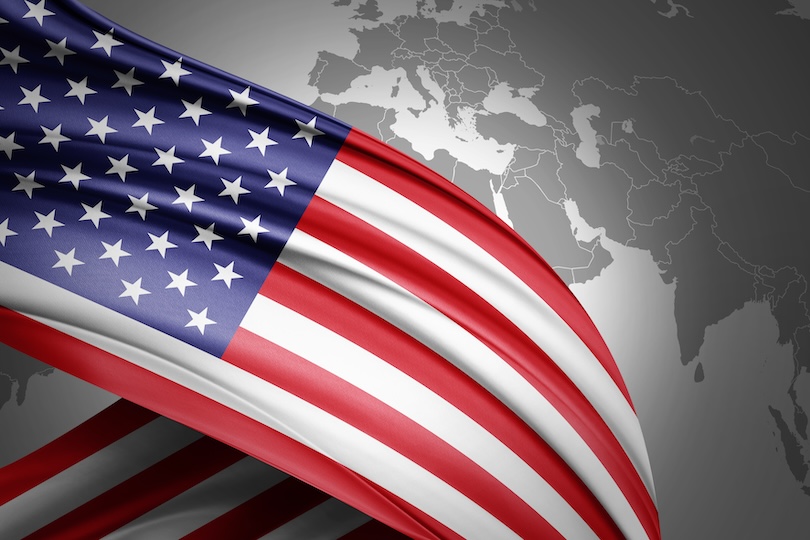We often hear that the world is changing and that the United States is losing influence and power. And China, Russia and other regional and mid-sized powers are on the rise. Scholars talk about a structural shift from a unipolar system with one dominant power to a bipolar system with two dominant powers or a multipolar system with three or more dominant powers. Most scholars agree that a multipolar system is the most unstable and least peaceful. It makes it more difficult to maintain the balance of powers and increases the likelihood of war between the great powers.
Some experts believe that multipolarity is already a major feature of the international system or will soon become so. For example, Emma Ashford and Evan Cooper say that the world is indeed multipolar. According to Ashford and Cooper, the United States losing power and other countries gaining power means that neither unipolarity nor bipolarity is a good description of today's international system. Moreover, a recent informal poll conducted by Foreign Affairs showed that 65% of prominent scholars of international politics believe that the world is more multipolar or bipolar than unipolar. Only 23% of scholars believe that the world is still unipolar. Those who are against the system becoming unipolar say that we must accept the economic and demographic power shifts that we have witnessed over the past 30 years. Power is shifting from the West to India, Russia, and China.
Ashford and Cooper's argument for multipolarity is based on the findings of their own policy papers. They use a combination of gross national income (GNI), GNI at purchasing power parity, GDP per capita, gross national wealth, and various aggregate economic and power indices to measure polar structure. But does a larger economy and population mean that a nation becomes a polar power? Not really. Political scientists often define power as the ability of one nation to get other nations to do things they would not normally do. Given this definition, neither economy nor population is a good metric to gauge the current international distribution of power.
Even if a country grows by 50 million people overnight, it doesn't necessarily become more powerful. The same can be said about a country's economy. During the Cold War, the richest country in the world, the Soviet Union, had an economy only one-third the size of the United States. But the Soviet Union chose guns over butter. And that's exactly why the world became polarized during the Cold War. Communist countries matched and even surpassed the United States in military power.
Money and people are the main sources of potential power. A country's military power gives us deeper insight into the current balance of power and its ability to compel other countries to do things they normally wouldn't do. In a recent research paper, we looked at the size of every country's military and how much they spend per soldier. This gives us an idea of the size, strength, and sophistication of a country's military. We then compare how the distribution among great powers has changed over time. The results are clear: the world remains unipolar.
The military power of Russia, the UK and France is nowhere near that of the US. Vladimir Putin's Russia, despite its loud claims, is not actually powerful enough to call itself a polar power. The UK and France are not the great powers they once were. Therefore, it is a mistake to describe the world as multipolar (requiring more than two great power centers).
Certainly, China's growth is remarkable. And Beijing, for example, is at a higher level than Russia. But that alone does not make the world bipolar. If we consider the current system to be bipolar, we must also consider the 1970s as a multipolar era in which China, Russia, and the United States were superpowers. But that was not the case. The model I developed supports to some extent the idea of Jo Inge Beckevold and others that the contours of a bipolar world are beginning to emerge. China has a large population and economy, and it has rapidly converted that into military power. But there is no guarantee that China can continue on the same path. There is also doubt about how large China's economy actually is. And for two consecutive years, China's population has been declining.
Moreover, it is not certain whether a state can or will use funds or hire people for military purposes. Japan, Germany, and the EU are examples of actors that have not converted their potential into military power for various reasons. Thus, experts are right to say that China’s economy and population give it the potential to build more power. This could certainly make the world more polarized. But it is wrong to say that this will happen, or has already happened. And it is even more wrong to say that Russia, India, Brazil, or any other regional power will fill the last pole. The world remains unipolar, with the United States at the center.



